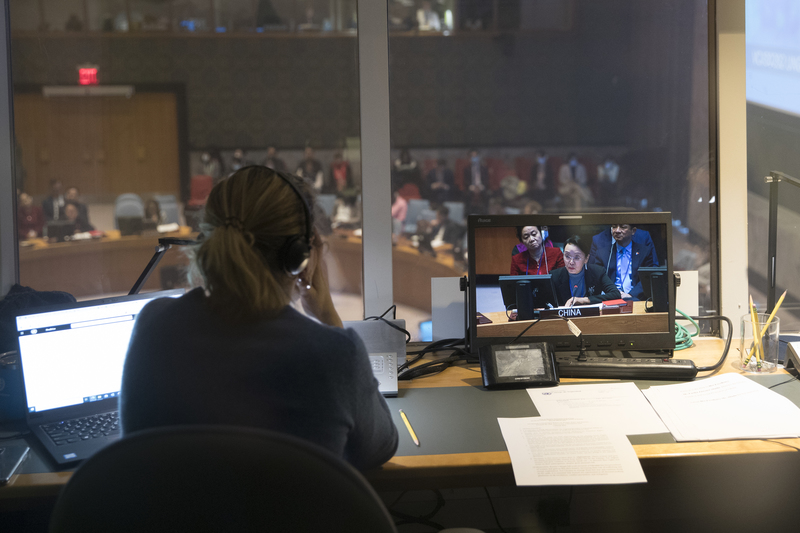A multi-billion dollar revolution is unfolding on our phones. Spearheaded by powerhouse platforms like ReelShort, vertical short dramas—addictive, minute-long episodes—are rapidly becoming the new face of mobile entertainment. As this new media gold rush goes global, a fundamental question emerges for these industry giants: To conquer new markets, should they simply translate their proven hits, or make the far bigger bet on original, locally-produced content?
This analysis, drawing from market data and the playbook of leading platforms, delves into the fierce competition between translation and local production. We will explore the meteoric rise of this new entertainment category and offer a strategic guide for creators and platforms navigating this lucrative landscape.
The New Hollywood is in Your Palm
The vertical short drama market is no longer a niche experiment; it's a global phenomenon. Market projections for 2025 paint a picture of explosive growth, with estimates placing the market value between $3 billion and $7.21 billion. This surge is fueled by a compound annual growth rate (CAGR) expected to exceed 10.5% through 2030.
At the forefront of this wave is ReelShort, a platform that has masterfully captured the attention of Western audiences. In the first quarter of 2025 alone, ReelShort generated an astonishing $130 million in in-app purchase revenue. Its success, alongside competitors like DramaBox and NetShort, has validated a new content model: hyper-condensed, emotionally charged narratives delivered in a vertical, mobile-first format.
The engine behind this growth is a fundamental shift in media consumption. Drawing inspiration from the endless scroll of TikTok, these platforms lure viewers with free initial episodes of addictive storylines—often centered on universally resonant themes like romance, betrayal, and power dynamics (think werewolves and clandestine billionaire husbands). Viewers are then prompted to unlock subsequent episodes through microtransactions or by watching ads, a model that has proven incredibly effective.
The Content Crossroads: Translation vs. Local Production
As platforms push into new international markets, they arrive at a strategic crossroads. The choice between translating their existing content library and producing original local content is not merely a line item on a budget; it defines their entire approach to market penetration and long-term user retention.
The Case for Translation: Speed and Scale at a Low Cost
The most apparent advantage of translation and dubbing is economic efficiency. Translating and dubbing an existing short drama series can cost between approximately $3,000 to $7,000 (¥20,000 to ¥50,000). This low-cost, high-volume approach allows platforms to rapidly populate their apps with a vast library of content for new regions.
Platforms like DramaBox initially leaned heavily into this model, leveraging AI-powered translation and aggressive advertising to quickly scale their offerings. For markets that are more price-sensitive and where the primary goal is rapid user acquisition, the translation model offers an undeniable speed-to-market advantage.
Translation Playbook:
Prioritize Popular Genres: Focus on translating content with universally understood tropes (e.g., forbidden love, rags-to-riches).
Leverage AI and Human Oversight: Use AI for initial translation to manage costs, but employ human editors to refine cultural nuances and ensure readability.
Focus on Subtitles and Dubbing Quality: Poor audio or jarring subtitles can immediately disengage viewers.
However, this efficiency comes with a significant trade-off: cultural resonance. A story that is a hit in one market may not connect with audiences in another, even with a flawless translation. Idioms, social norms, and character archetypes can be lost in translation, leading to a shallow and unconvincing viewing experience.
The Case for Local Production: The High-Stakes Bet on Authenticity
In stark contrast, producing original content within a target market is a far more substantial investment. The cost of creating a single short drama series in a market like the United States can range from $150,000 to over $300,000. This strategy involves hiring local scriptwriters, actors, and production crews to create stories tailor-made for the local cultural palate.
ReelShort has championed this approach in its conquest of the lucrative U.S. market. By producing original series with American actors and focusing on genres like werewolf romance and billionaire dramas that are popular with Western audiences, they have achieved a deeper level of engagement. While significantly more expensive, this strategy yields a premium product that viewers are more willing to pay for, leading to higher revenue per user and stronger long-term loyalty.
The strategic pivot of competitors validates this approach. DramaBox, once a proponent of the translation model, is now increasingly investing in original local productions, acknowledging that this is the key to superior monetization and user retention. Industry reports confirm that locally produced shows are "generally better received."
Local Production Playbook:
Deep Market Research: Analyze local storytelling trends, popular literary genres (like the source material for many successful dramas), and cultural values.
Empower Local Creatives: Collaborate with local writers and directors who have an innate understanding of the audience.
High Production Value: Invest in quality cinematography, acting, and sound design to create a premium feel that justifies the pay-per-episode model.
Culturally-Specific Marketing: Promote the content using local influencers and culturally relevant social media trends.
Strategic Guide: A Hybrid Future
For platforms aiming for global dominance, the optimal strategy is not a binary choice but a balanced, hybrid approach.
Market-Tiered Investment: Deploy content strategies based on market maturity and revenue potential. For high-value markets like the U.S. and Western Europe, the ROI of local production is clear. For emerging, high-growth markets in Southeast Asia or Latin America, a translation-first approach can be used to build an initial user base cost-effectively.
Data-Driven Decisions: Use translated content as a low-cost market test. Analyze viewership data—such as completion rates, drop-off points, and user comments—to identify which genres and storylines resonate most in a new region. This data can then inform much larger investments in original local productions.
The Rise of "Glocalization": The future lies in what can be termed "glocalization"—taking a globally successful plot template and remaking it with a local cast and cultural nuances. This leverages a proven narrative structure while providing the authenticity that drives deeper engagement. Some industry insiders report that it's now common practice to translate a hit script and have local writers rework it for their market.
The vertical short drama explosion is a testament to a new era of globalized, mobile-first entertainment. While the allure of low-cost, translated content is strong, the strategic decisions of market leaders like ReelShort demonstrate a powerful truth: true market leadership and profitability are built on the foundation of authentic, culturally resonant storytelling. The platforms that master the art of local production will not just be translating stories—they will be creating the future of entertainment, one minute at a time.











